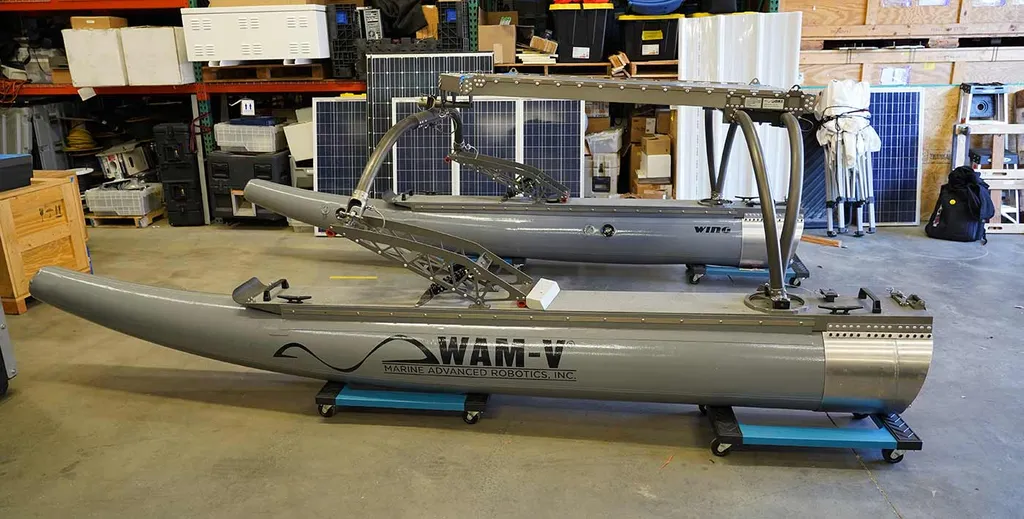Researchers at the University of California, San Diego, have made significant strides in advancing the autonomy of distributed robotic teams, particularly in marine environments. Tyler M. Paine, Anastasia Bizyaeva, and Michael R. Benjamin have introduced a novel approach to modeling and designing multi-robot systems that leverages collective decision-making and individual behavior optimization. Their work, titled “Census-Based Population Autonomy For Distributed Robotic Teaming,” promises to enhance the efficiency and robustness of robotic teams operating in challenging marine settings.
The researchers’ layered model of multi-robot autonomy addresses the dual nature of multi-robot systems, which encompass both collective and individual behaviors. At the core of this model is the principle of census, a weighted count of inputs from neighboring robots, which facilitates collective decision-making about teaming. This census component is expressed through a nonlinear opinion dynamics model. Complementing this is a multi-objective behavior optimization for individual decision-making about actions, achieved using interval programming. This innovative approach allows the model to be reduced to recover foundational algorithms in distributed optimization and control, while also enabling new types of collective behaviors that are practical for real-world applications.
One of the standout contributions of this research is a new method for distributed optimization of subgroup allocation. In this method, robots use a gradient descent algorithm to minimize portions of the cost functions that are locally known. Simultaneously, they are influenced by the opinion states from neighboring robots to account for unobserved costs. This approach allows the group to collectively utilize the information contained in the Hessian matrix of the total global cost, thereby optimizing their performance as a team.
The utility of this model has been experimentally validated through three distinct scenarios involving fleets of autonomous surface vehicles. In an adaptive sampling scenario, the robots demonstrated improved efficiency in data collection. In a high-value unit protection scenario, they showcased enhanced robustness and coordination. Finally, in a competitive game of capture the flag, the robots exhibited advanced strategic decision-making and teamwork. These experiments highlight the practical applications of the model in various marine operations, from environmental monitoring to security and competitive tasks.
The research conducted by Paine, Bizyaeva, and Benjamin represents a significant advancement in the field of distributed robotic teaming. By integrating collective decision-making with individual behavior optimization, their model offers a robust framework for enhancing the performance of robotic teams in marine environments. This work not only contributes to the theoretical understanding of multi-robot systems but also provides practical tools for real-world applications, paving the way for more efficient and effective robotic operations in the future. Read the original research paper here.

